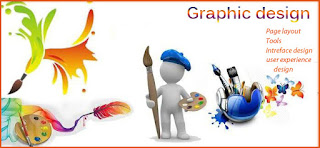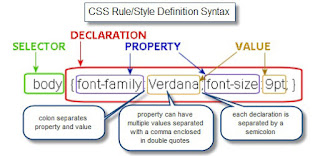web development tools
Web development tools
Web development tools allow web developers to test and debug their code. They are different from website builders and integrated development environments (IDEs) in that they do not assist in the direct creation of a webpage, rather they are tools used for testing the user interface of a website or web application.Web development tools come as browser add-ons or built-in features in web browsers. The most popular web browsers today, Google Chrome, Firefox, Opera, Internet Explorer, and Safari,have built-in tools to help web developers, and many additional add-ons can be found in their respective plugin download centers.
Web development tools allow developers to work with a variety of web technologies, including HTML, CSS, the DOM, JavaScript, and other components that are handled by the web browser. Due to increasing demand from web browsers to do more,popular web browsers have included more features geared for developers.
web developer tools support
The five most popular web browsers have support for web developer tools that allow web designers and developer to look at the make-up of their pages.These are all tools that are all tools that are built into the browser and do not the browser and do not require modules or configuration.
- Google Chrome – Web Developer Tools
- Internet Explorer – F12 Web Developer Tools (as of version 8)
- Safari – Safari Web Development Tools (as of version 3)
- Firefox – F12 Web Console / Browser Console (since Firefox 4).The Web Console applies to a single content tab; the Browser Console applies to the whole browser. Many addons also exist, including Firebug.
- Opera – Opera Dragonfly
HTML and the DOM
HTML and DOM viewer and editor is commonly included in the built in web development tools. The difference between the HTML and DOM viewer, and the view source feature in web browsers is that the HTML and DOM viewer allow you to see the DOM as it was rendered in addition to allowing you to make changes to the HTML and DOM and see the change reflected in the page after the change is made.
In addition to selecting and editing, the HTML elements panels will usually also display properties of the DOM object, such as display dimension, and CSS properties.
Web page assets, resources and network information
Web pages typically load and require additional content in the form of images, scripts, font and other external files. Web development tools also allow developers to inspect resources that are loaded and available on the web page in a tree-structure listing
These features allow developers to optimize their web page or web application.
JavaScript debugging
JavaScript is commonly used in web browsers. Web development tools commonly include a panel to debug scripts by allowing developers to add watch expressions, breakpoints, view the call stack, and pause, step over, step into, and step out of functions while debugging JavaScript.
A JavaScript console is commonly included. The consoles allow developers to type in JavaScript commands and call functions, or view errors that may have been encountered during the execution of a script.
Extensions and plugins
Modern web browsers support the use of plugins or extensions to add or augment functionality.[26] There are many popular plugins that add additional features than those supported by the built-in developer tools. Features can range from being able to disable JavaScript and CSS to being able to edit cookies with greater ease.




Comments
Post a Comment